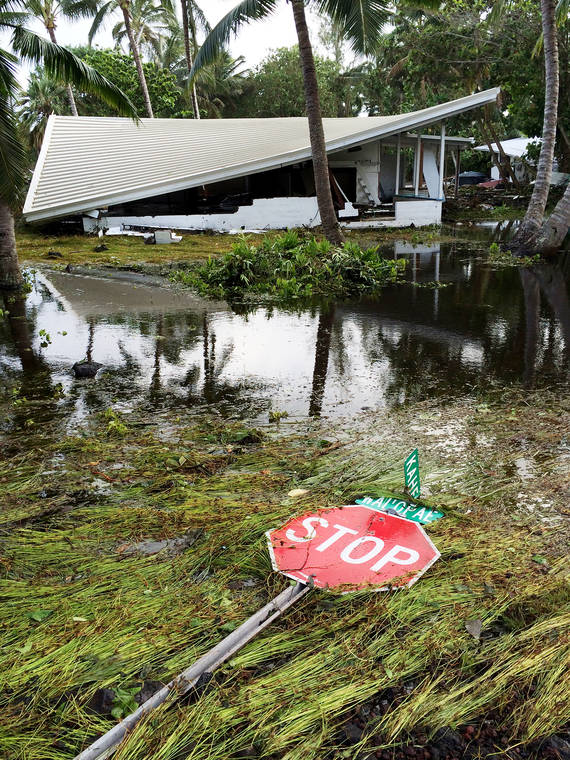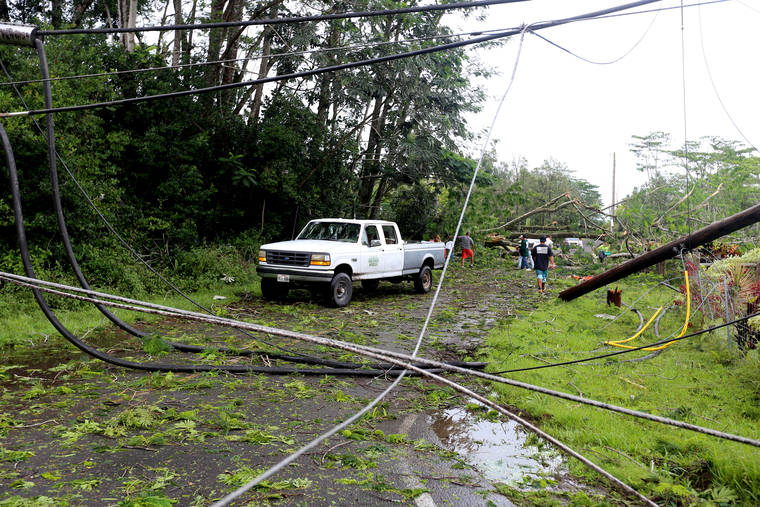Global warming will intensify landfalling tropical cyclones of a category three or higher in the Indian and Pacific Oceans, while suppressing the formation of weaker events. In Hawaii, model simulations show a doubling of the risk of landfalling tropical cyclones, if CO2 concentrations double.
That’s according to a study published in Science Advances and co-authored by Malte Stuecker, assistant professor of oceanography in the University of Hawaii at Manoa School of Ocean and Earth Science and Technology (SOEST).
Tropical cyclones, including typhoons and hurricanes, are the most fatal and costliest weather disasters on our planet. But how tropical cyclones will change in response to global warming has long remained a mystery.
To address this question, scientists for more than two decades have used the world’s largest supercomputers to run climate model simulations that show important aspects of these destructive storms. However, until recently the computing power has been insufficient to capture both atmospheric details and resolve the full interaction with the ocean on a global scale.
A team of scientists, led by researchers at South Korea’s Institute for Basic Science (IBS) Center for Climate Physics (ICCP) at Pusan National University, recently completed one of the most computing-intensive and detailed global warming simulations to date using the supercomputer Aleph at IBS. The global climate model records small-scale atmospheric and oceanic processes with unprecedented resolution. The model also more accurately simulates ocean temperature than the previous generation of climate models.
“This improvement was important for a realistic simulation of typhoons in the Indian and Pacific Ocean,” said Jung-Eun Chu, lead author of the study and a project leader at the ICCP.
While tropical cyclone numbers are simulated to decrease in the deep tropics, the situation is slightly different for Hawaii, which is located at the edge of the tropics. Hawaii is typically protected from tropical cyclones due strong northeasterly trade winds that flow in the opposite direction than the westerly winds aloft in the upper atmosphere. This so-called “vertical wind shear” normally tears tropical cyclones apart that approach the islands. In response to climate change, this wind shear is simulated to weaken and ocean temperatures are projected to warm near Hawaii — fueling tropical cyclones.
“Our new model simulations show an approximate doubling of the risk of landfalling tropical cyclones in Hawaii if CO2 concentrations are doubled,” said Stuecker. “Importantly, the impacts of landfalling tropical cyclones will be much more severe due to higher rainfall and increasing sea level. Flood risk and storm surge will be much intensified in coastal areas.”


